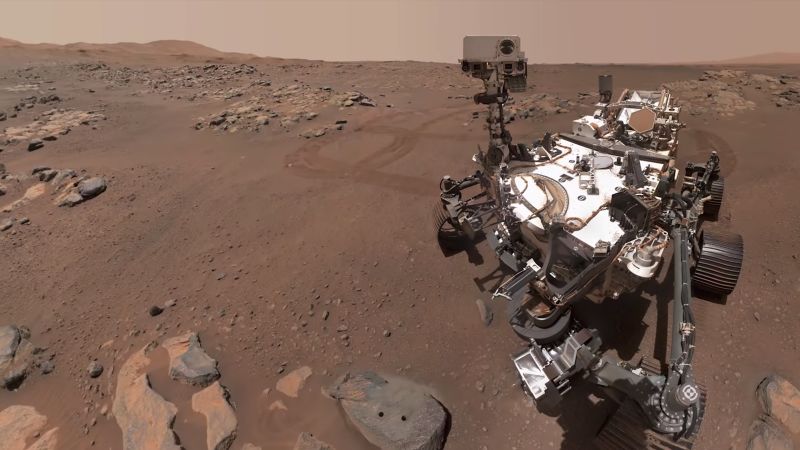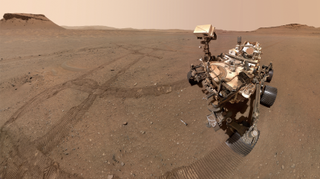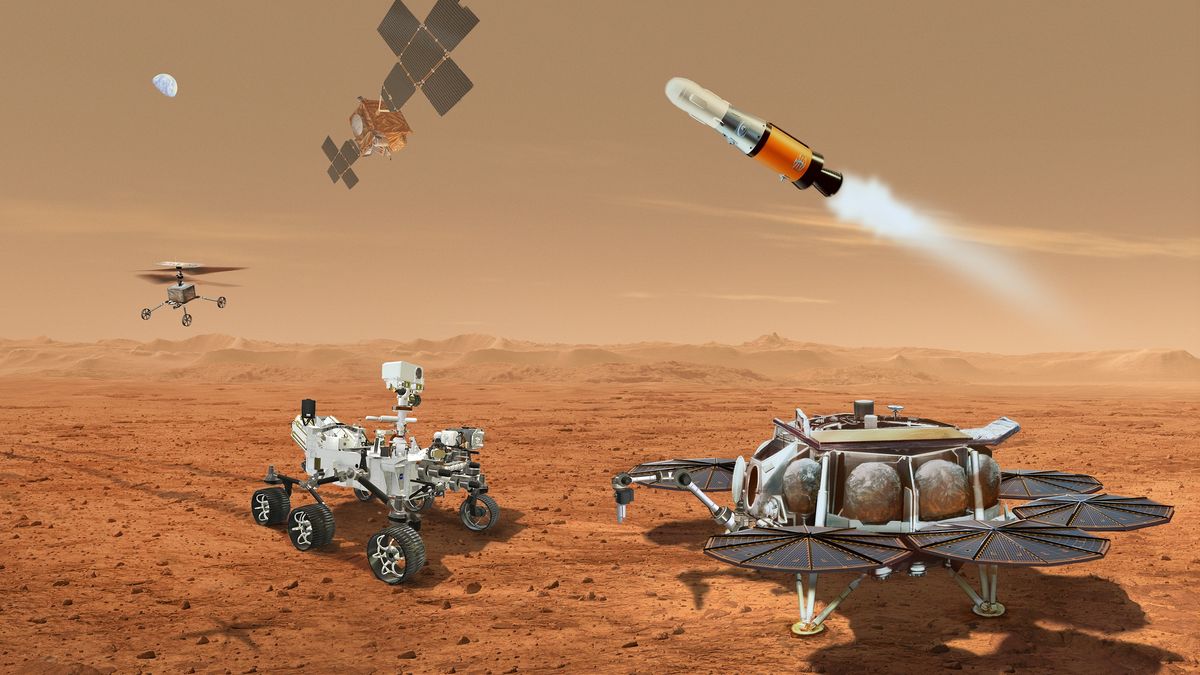
NASA's Mars Sample Return Mission: A New Approach
The NASA Mars Sample Return mission, which aims to bring samples of rocks and soil collected by the Perseverance rover on Mars back to Earth, is facing significant cost and timeline concerns.
According to recent reports, the estimated cost for the mission has risen from $5 billion to $7 billion up to $11 billion. NASA officials have expressed concern over this increase in budget and the delay in returning samples until 2040.
To address these issues, NASA is seeking innovative ideas from its research centers and private industry for cost savings and an earlier sample return. The new plan includes a major overhaul of the Mars Sample Return architecture.
The Perseverance rover, which landed on Mars in February 2021, has been gathering specimens from Jezero Crater since then. Scientists believe these samples could provide key insights about Mars and potentially evidence of past life.
NASA had initially hoped that the Mars Sample Return mission would cost between $5 billion to $7 billion and deliver the samples in 2033. However, a recent review panel concluded that the cost was likely to be much higher, from $8 to $11 billion. NASA officials agreed with this assessment and acknowledged that given budget constraints, the current Mars Sample Return mission would not be able to deliver the rocks before 2040.
To find a more affordable solution, NASA is issuing a request for information on Tuesday seeking alternative plans from aerospace companies and experts within NASA. Proposals are due on May 17, and several of these proposals will be funded for further study later this year. The agency will then decide its next step based on the results.
The Mars Sample Return mission is a crucial part of NASA's search for signs that life may have existed on the red planet. By bringing samples back to Earth, scientists can use their most sophisticated tools to analyze them and gain valuable insights into Mars' geology and potential habitability.



